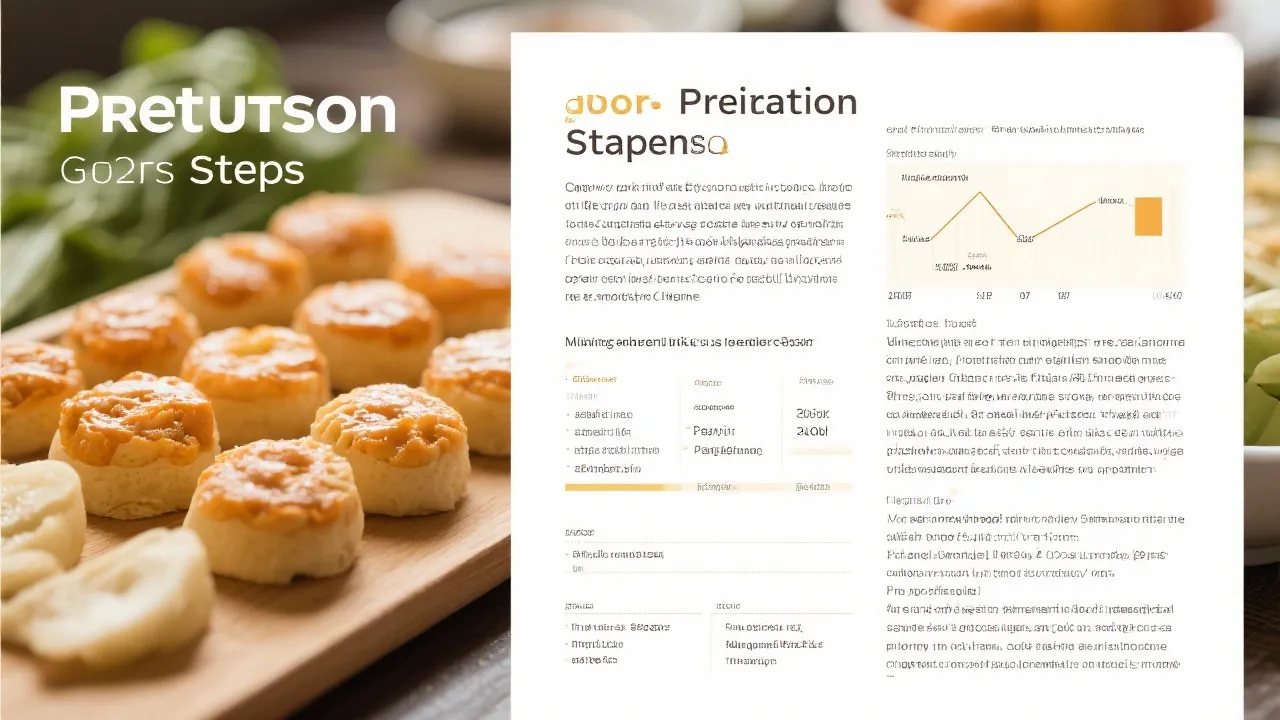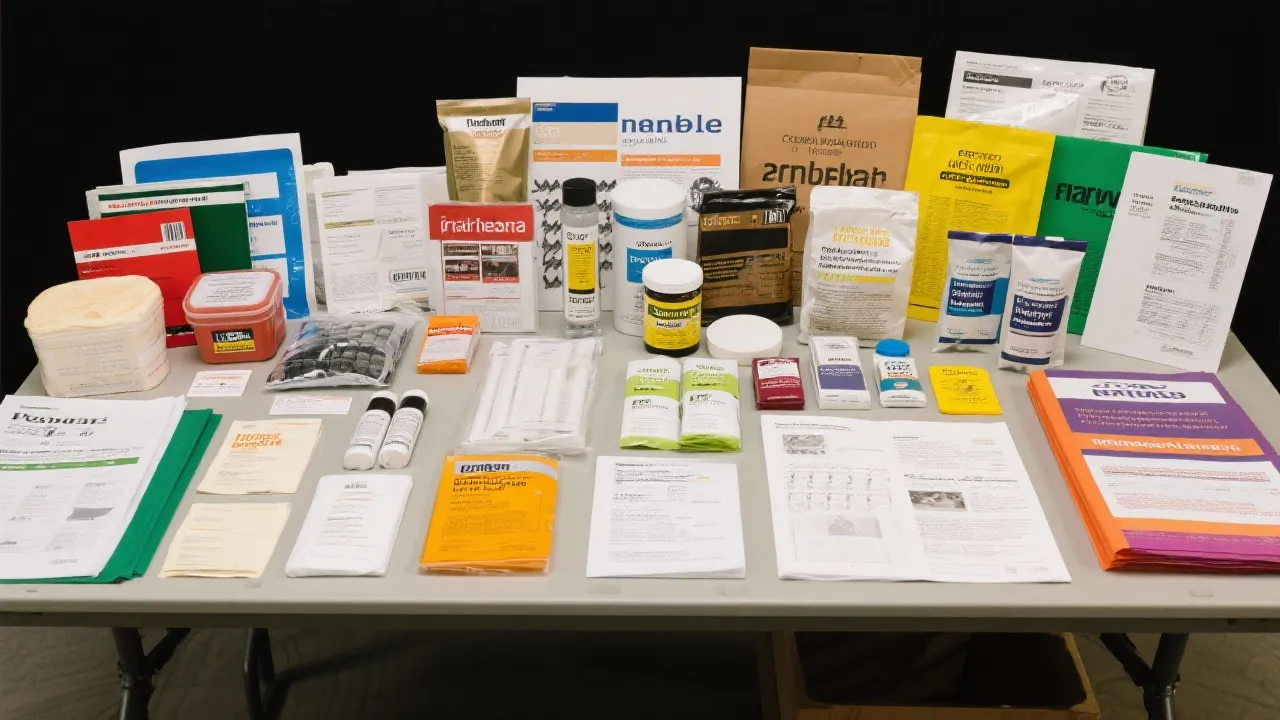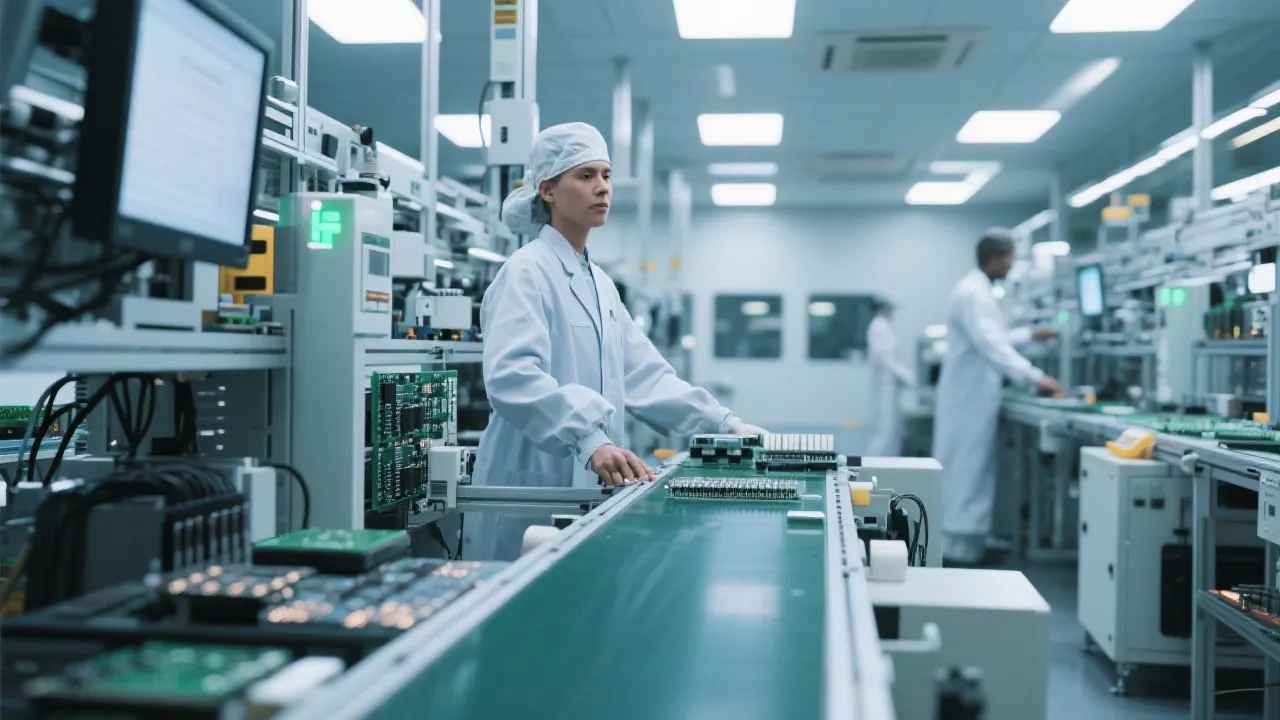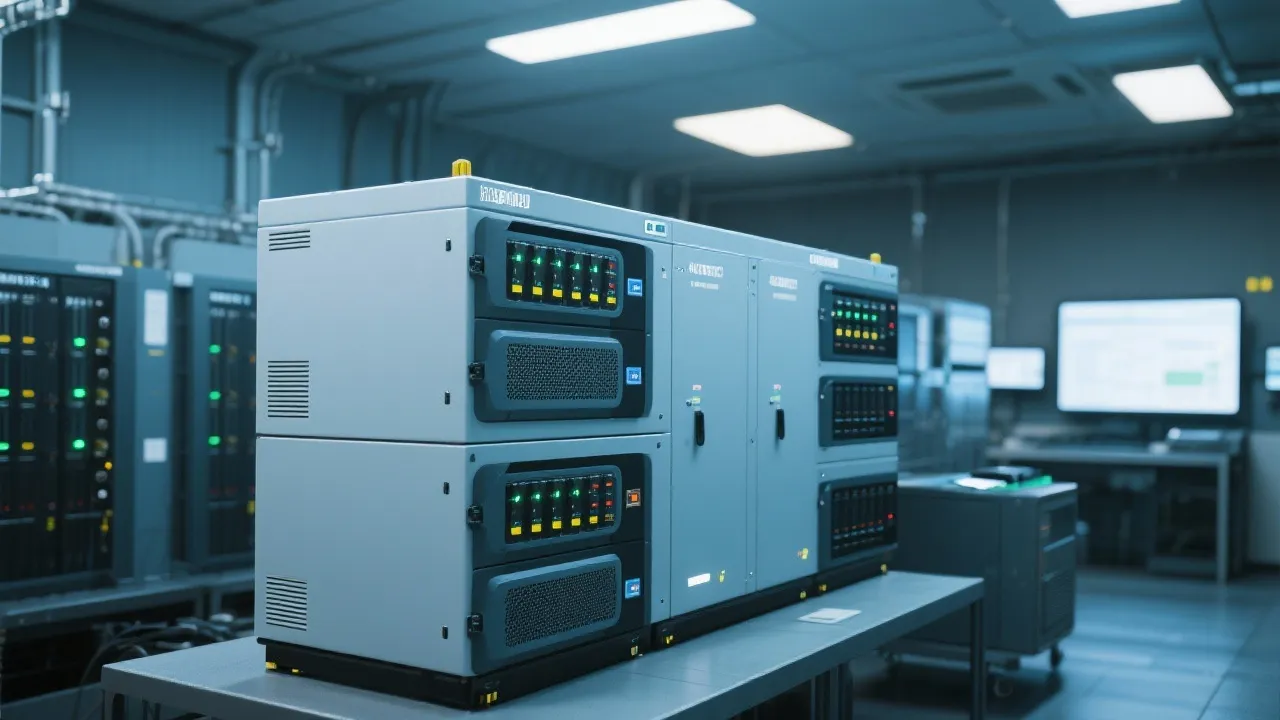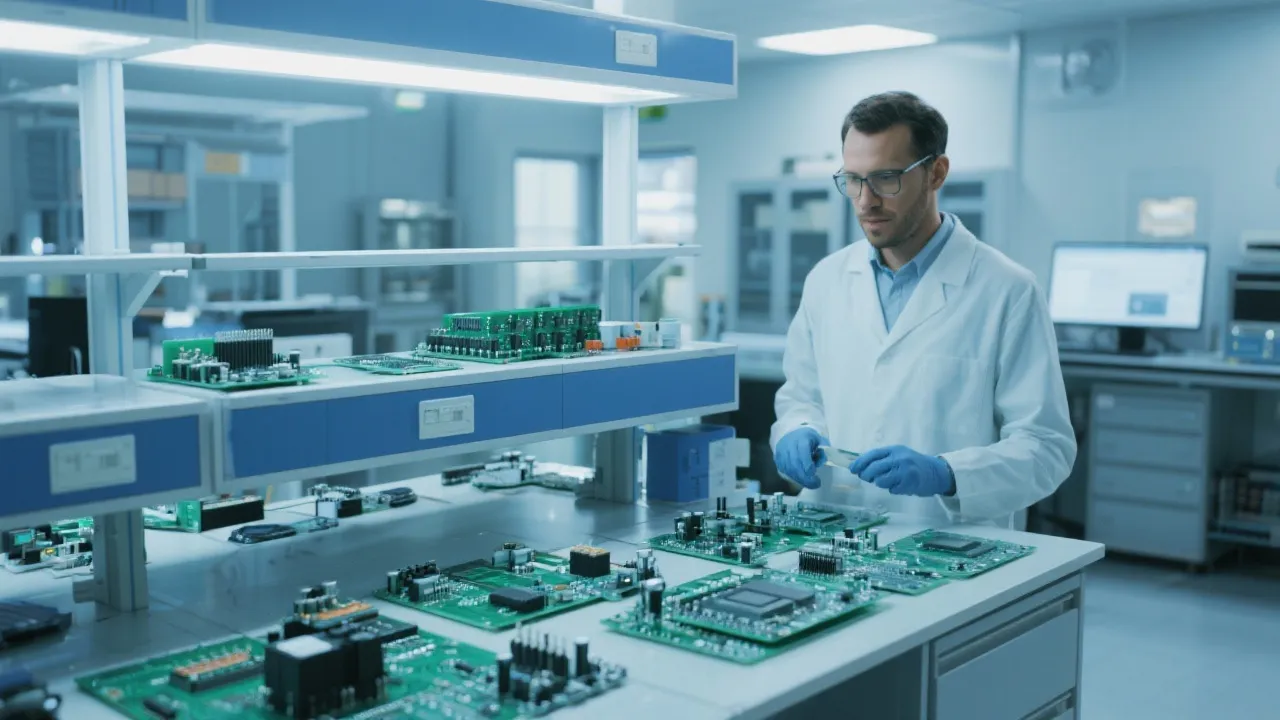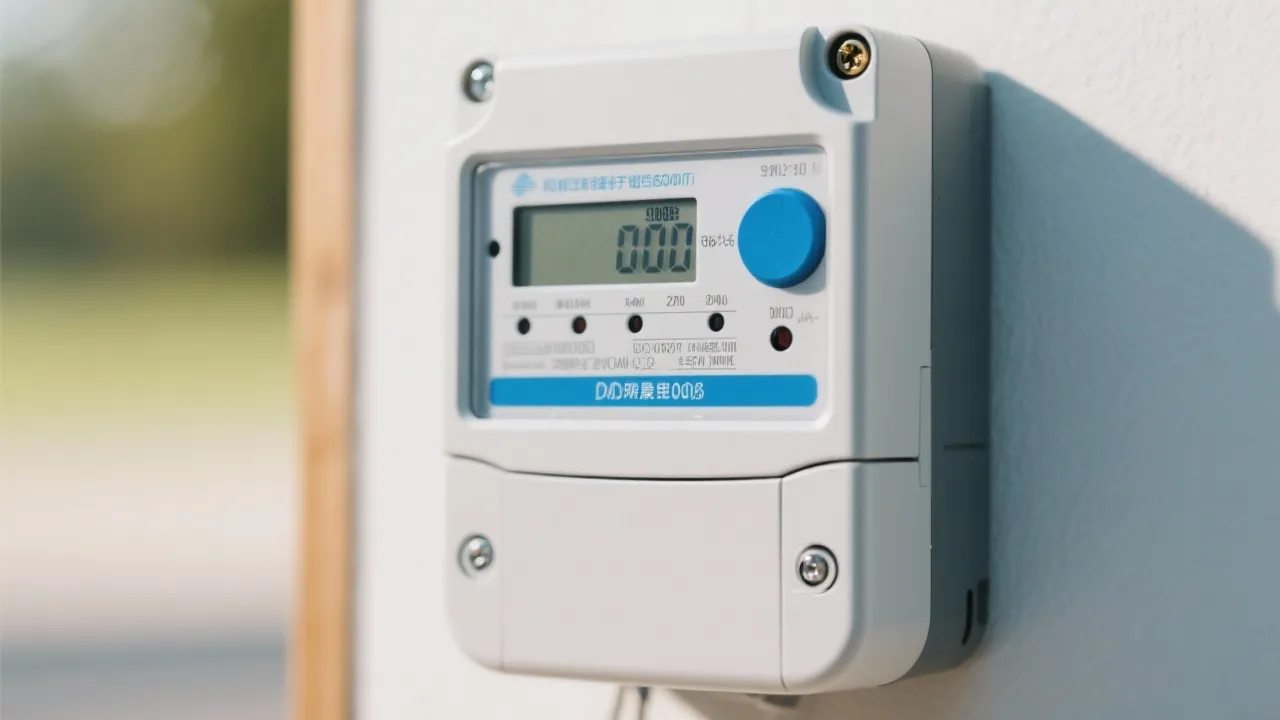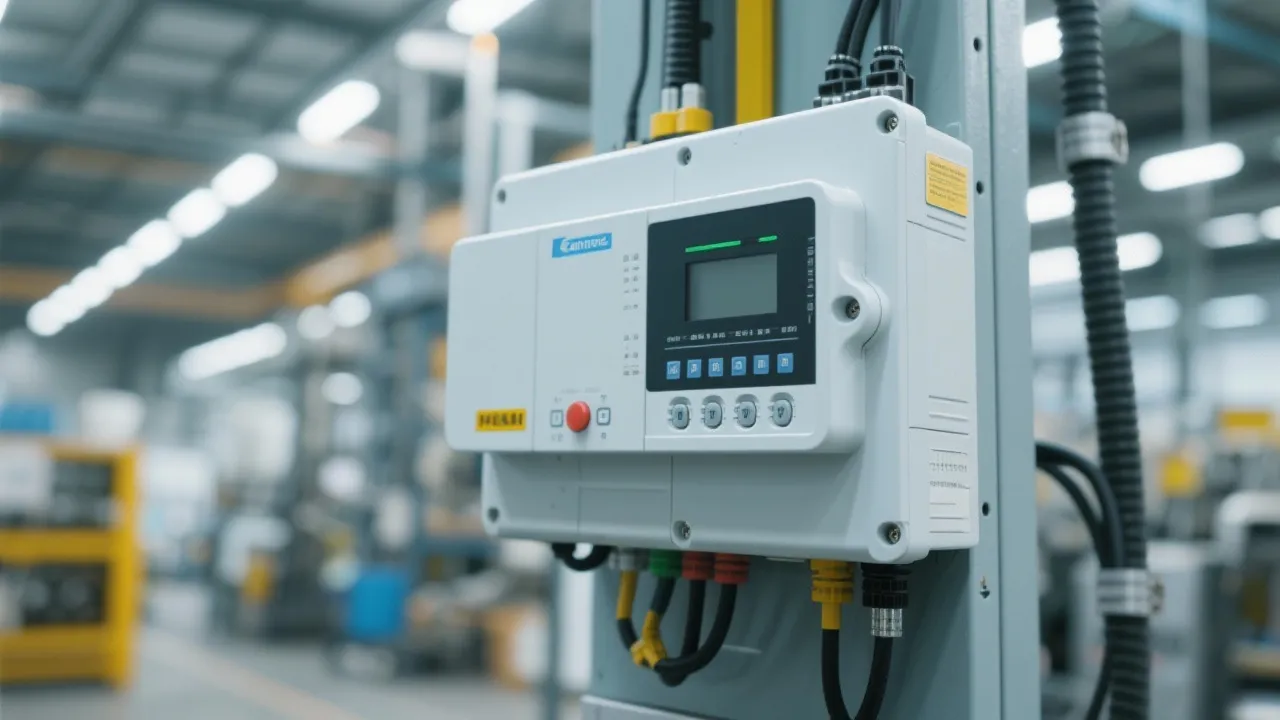Understanding the Capillary Viscometer
A capillary viscometer is an essential laboratory instrument utilized to measure the viscosity of fluids, which indicates a fluid's resistance to flow. This article delves into the mechanics behind capillary viscometers, offers insight into their applications across various industries, and discusses considerations for selecting the top model for specific needs. Understanding viscosity is crucial for sectors ranging from food production to engineering.
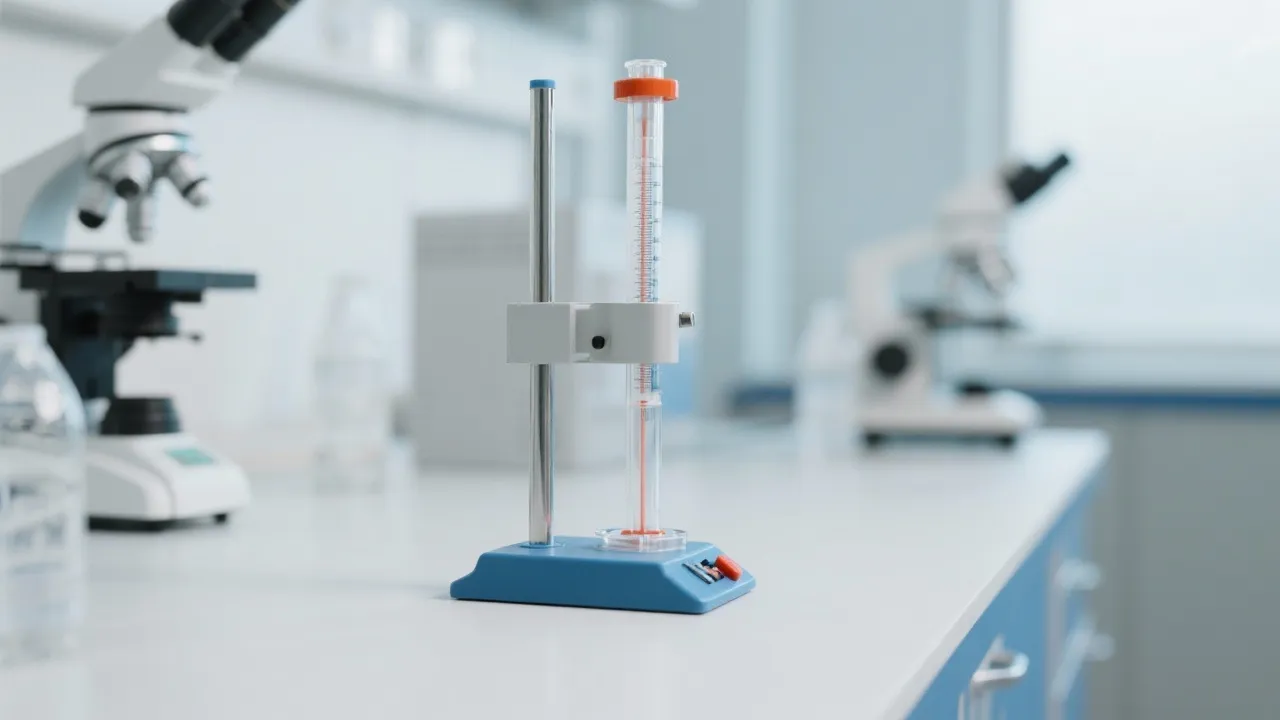
Exploring the Capillary Viscometer
The capillary viscometer is a pivotal tool in the realm of fluid dynamics, offering insights into the viscosity of fluids. Viscosity, by definition, is the measure of a fluid's resistance to flow, critical in applications across multiple industries such as oil, pharmaceuticals, and food technology. By understanding viscosity, engineers and scientists can determine how fluids will behave under various conditions, which is paramount for both processing and application quality. The capillary viscometer, distinguished by its slender tubular design, employs the principle of letting a liquid flow through a narrow tube and measuring the time it takes to do so. This straightforward yet ingenious process results in vital data that influence product development and quality control.
The history of the capillary viscometer traces back to the early 19th century, with the initial developments driven by the need to understand fluid dynamics better. Over time, refinements in design and materials have enhanced the accuracy and reliability of these instruments. Today, they represent a crucial intersection of engineering, physics, and industrial application, serving as a cornerstone in fluid measurement and analysis.
How Capillary Viscometers Work
The core principle behind the capillary viscometer is gravity, combined with the nature of liquid flow. Fluid is drawn or allowed to flow through a capillary tube, and the time it takes for a set volume of fluid to travel between two marked points is recorded. This time measurement is then used to calculate the fluid's viscosity, typically expressed in centipoise (cP). The velocity of the fluid is influenced by several factors, including the fluid's density and temperature, as well as the tube's diameter.
Using the Hagen-Poiseuille equation, viscosity is calculated based on the flow rate of the liquid, the radius of the capillary tube, and the pressure driving the fluid. The apparatus is designed to minimize human error, and with precise calibration, can deliver highly accurate results. It is critical that the readings are taken in controlled conditions to account for temperature variations, which can significantly influence viscosity. Manufacturers often include temperature control systems in advanced models to maintain consistent testing environments.
Types of Capillary Viscometers
Capillary viscometers are available in various designs suited to different types of fluids and measurement conditions. The most common types include:
- Ubbelohde Viscometer: This design allows for measurement of both Newtonian and non-Newtonian fluids and is notable for its ease of use and accuracy.
- Hübl Viscometer: Primarily used for low viscosity measurements, the Hübl viscometer is characterized by its simple design and effectiveness in a laboratory setting.
- Kapon Viscometer: This viscometer operates on the principle of capillary pressure and is particularly useful for assessing fluids with high viscosity.
Each type has unique characteristics that make it suitable for certain industrial applications or specific research needs. The choice of viscometer will often depend on the viscosity range of the fluid being tested and the required precision of measurements.
Industries Benefiting from Viscosity Measurement
Various industries rely on capillary viscometers to ensure consistency and quality. In the oil industry, viscosity is paramount in determining the efficiency of lubricants and in understanding how crude oil will behave during processing. Accurate viscosity measurements can influence decisions regarding pipeline design and operation, as well as the formulation of blended oils.
Similarly, in the pharmaceutical industry, the viscosity of a fluid can influence drug delivery systems. Many pharmaceutical preparations, including emulsions and suspensions, must have specific viscosity to ensure proper absorption and bioavailability in patients. Thus, testing viscosity during the development phase is crucial for ensuring therapeutic effectiveness.
Food technology uses these measurements to optimize textures and improve processes such as mixing and coating. For instance, the viscosity of sauces, dressings, and other food products can impact the user experience, shelf life, and overall quality. Manufacturers often rely on viscosity readings to maintain product consistency, ensure the right mouthfeel, and improve consumer satisfaction.
Beyond these sectors, capillary viscometers have applications in biotech, cosmetics, and paint manufacturing, highlighting the tool’s versatility. By providing essential viscosity data, these instruments help ensure the performance and reliability of products across a spectrum of applications.
Choosing the Right Capillary Viscometer
When selecting a capillary viscometer, users must consider several factors, such as fluid type, desired accuracy, and specific application requirements. The nature of the fluid being tested is critical; for example, Newtonian fluids, which have a constant viscosity regardless of the applied stress, can be measured reliably by most viscometers. However, non-Newtonian fluids exhibit variable viscosities depending on the force applied, requiring specialized viscometers or methods to obtain accurate readings.
For high-precision needs, models with automated features and digital outputs can reduce error margins and improve workflow efficiency. Automation is especially beneficial in laboratory settings where multiple samples need to be processed in a streamlined manner. These viscometers often feature digital displays, data logging capabilities, and connectivity options for integration into larger laboratory information management systems (LIMS).
Scientists need to factor in the nature of the fluids they are testing—whether they are Newtonian or non-Newtonian, as this distinction can affect viscosity measurement. Further, the viscometer's material and design can play crucial roles, particularly for fluids that might react with certain materials. Effective material compatibility ensures that measurements remain accurate and that the device does not corrode or degrade over time.
Table: Considerations for Selecting a Capillary Viscometer
| Consideration | Details |
|---|---|
| Fluid Type | Newtonian vs. Non-Newtonian fluids require different testing approaches. |
| Desired Accuracy | Automation and digital outputs can enhance measurement precision. |
| Application | Industry-specific needs may dictate additional features. |
| Material Compatibility | The viscometer must be made of materials that do not react with the fluid. |
Frequently Asked Questions
What is a Capillary Viscometer used for?
A capillary viscometer is used for measuring the viscosity of fluids, essential in industries such as oil, pharmaceuticals, and food technology. Understanding viscosity is key to controlling how products behave under various conditions.
How does a Capillary Viscometer work?
It measures the time taken for a fluid to flow through a narrow tube. Using gravitational pull and fluid dynamics, the flow time is captured, which subsequently allows for the calculation of viscosity values.
What factors should be considered when choosing a Capillary Viscometer?
Considerations include the type of fluid, required accuracy, application specifics, and material compatibility of the viscometer. Each of these factors will influence the effectiveness and reliability of the viscosity measurements obtained.
Can Capillary Viscometers measure any fluid?
While they can measure many types of fluids, limitations exist for certain non-Newtonian fluids or highly reactive chemicals, which may require specialized equipment. Additionally, fluids that contain particulates or are prone to foaming might necessitate different measurement techniques.
How does temperature affect viscosity measurements?
Temperature has a significant impact on viscosity. As temperature rises, most fluids decrease in viscosity, resulting in faster flow rates. Accurate viscosity measurements, therefore, often require temperature control or correction factors to account for variations.
Conclusion
The integral role of capillary viscometers in modern science and industry cannot be overstated. This apparatus not only facilitates crucial research but also enhances our understanding of fluid behavior, influencing innovations and maintaining high standards in product quality across diverse sectors. The continued development of technology in measurement techniques supports advancements in viscosity analysis, equipping industries to tackle ever-evolving challenges.
As technology evolves, so does the sophistication of capillary viscometers, supporting advanced research and application in viscosity analysis. Improved designs continue to emerge, incorporating digital technologies and enhanced materials that offer even greater accuracy and user-friendly interfaces. The future of viscosity measurement looks promising, with ongoing innovations poised to further streamline processes and increase the reliability of results across various fields.
Moreover, with the growing emphasis on quality assurance and compliance with regulatory standards, the demand for accurate viscosity measurement tools is expected to increase. As a result, ongoing research into fluid dynamics and viscosity will likely foster developments in capillary viscometer technologies. Enhanced measurement capabilities will not only solidify the role of capillary viscometers but also pave the way for new applications in other fields such as nanotechnology, biomedicine, and environmental science.
Ultimately, understanding the fundamental principles of viscosity and the mechanisms of capillary viscometers is vital for engineers, researchers, and quality control professionals alike. Harnessing this knowledge allows industries to optimize their processes, deliver superior products, and respond effectively to the complexities of fluid behaviors in real-world applications.
Future Trends in Viscosity Measurement
As we look to the future, several trends in viscosity measurement are emerging that reflect the advancements in technology and the changing needs of industries. These trends highlight the increasing importance of data integration, automation, and the development of new materials and techniques.
Integration with Digital Technologies
With the rise of the Internet of Things (IoT), capillary viscometers are becoming increasingly equipped with digital sensors and connectivity options that facilitate remote monitoring and real-time data collection. This integration allows for better data analysis and tracking of viscosity measurements over time, enabling trends to be identified and actions to be taken more swiftly. These smart viscometers can also be networked within larger systems, providing valuable data to other equipment and processes.
Environmentally Sustainable Practices
As sustainability becomes a priority across industries, the development of environmentally friendly materials for viscometer construction and the safe disposal of fluids after testing are gaining attention. Manufacturers are exploring biodegradable or less harmful materials that do not compromise measurement accuracy while adhering to environmental regulations.
Advent of Portable Viscometers
The demand for portability in laboratory equipment is growing, particularly for industries such as field research and manufacturing sites where on-site testing is crucial. Compact, battery-operated capillary viscometers are emerging, providing convenience and flexibility without sacrificing precision or accuracy.
These portable devices enable users to take instant viscosity readings without the need to transport samples back to a lab, greatly enhancing the efficiency of operations and allowing for quicker decision-making processes.
Customization for Specific Applications
As industries face unique challenges, there is a growing trend towards customization in viscometer design. Manufacturers are starting to offer modular viscometer systems that can be tailored to meet specific testing requirements, fluid types, or environmental conditions. Such flexibility can cater to the diverse needs of different sectors, whether it be in food processing, cosmetics, or chemical manufacturing.
Advancements in Non-Newtonian Fluid Measurement
The measurement of non-Newtonian fluids, which display complex flow behavior under different stresses, is evolving. Researchers are developing capillary viscometers that can adequately handle these materials, making it possible to gather viscosity data that were previously difficult or impossible to obtain. This advancement is particularly important in industries such as pharmaceuticals and advanced materials, where non-Newtonian fluids are increasingly common.
Conclusion
The exploration of capillary viscometers reveals their pivotal role not just in the measurement of viscosity but also in the broader context of industrial and scientific progress. As technology continues to advance, the interplay between digital integration, sustainability, and tailored solutions promises to transform the landscape of viscosity measurement. These enhancements will not only improve accuracy and efficiency but will also empower industries to innovate and provide higher-quality products.
Understanding the fundamental roles that viscosity plays across various applications enables professionals to make informed decisions that impact product efficacy, safety, and satisfaction. As we embrace the future, the continuous evolution of capillary viscometers will significantly contribute to the advancement of material sciences and fluid dynamics. This trajectory underscores the importance of ongoing education and adaptation in the ever-changing world of technology.

